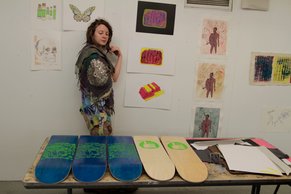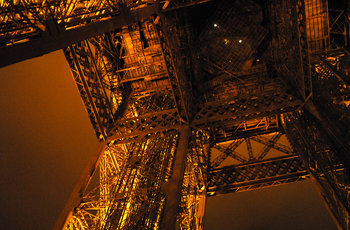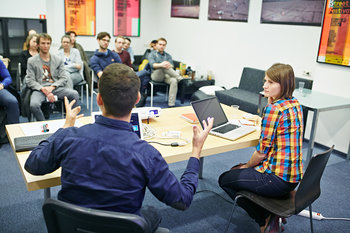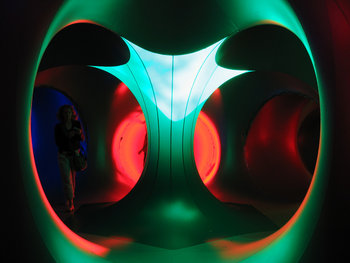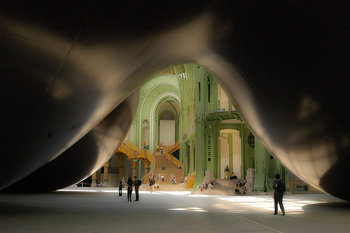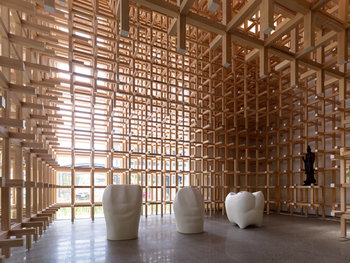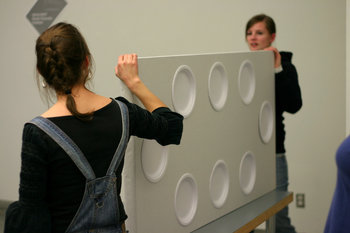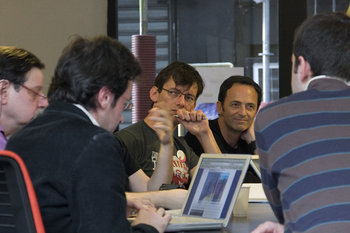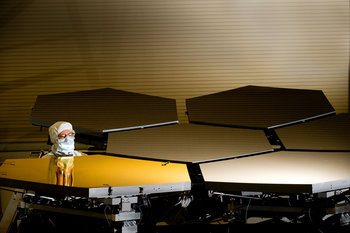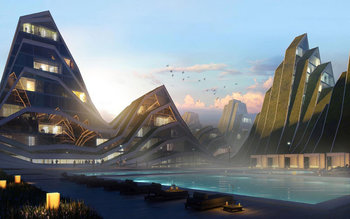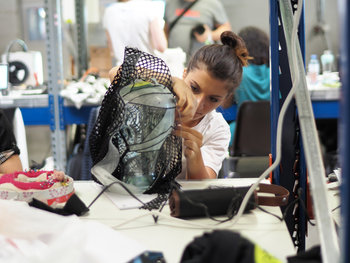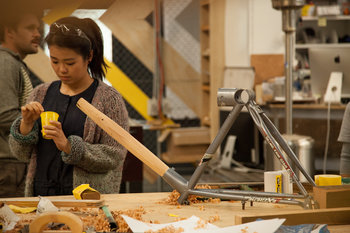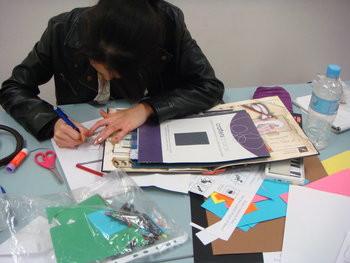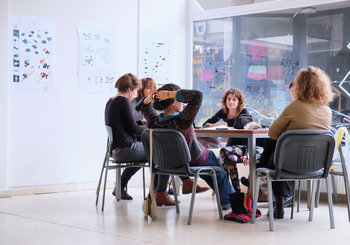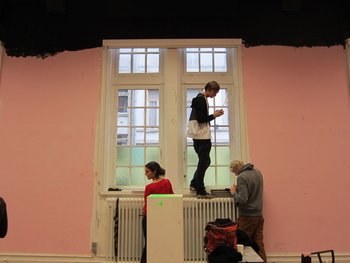
Art
Sculpture that is mostly defined by its form.Architecture
Form exists at many levels in architecture. The overall form of a building or structure is known as its massing. Form is also a primary element of the detailed design of a building including floor layout, ornamentation and interior design.Human Scale
Generally speaking, most designs are built to human scale such that they can be used by people. For example, a doorway with dimensions that allows all people to fit through it.Integration
Products designed to be compatible with other things such as a standard bicycle tire that fits many models of bicycle.Performance
Form impacts performance. For example, an aircraft that is shaped for energy efficiency, speed and stability.Capacity
Capacity is a common constraint on form such as a soccer stadium that needs to seat 55,000 people.Installation
Design for installation such as solar modules that are a size that allow a crew as small as two people to install a system.Dematerialization
Dematerialization is the tendency for products to use less materials as they advance. For example, modern materials that allow buildings to have thinner walls.Miniaturization
The tendency for form factors to become smaller with time such as computers smaller than a penny that can outperform historical computers the size of a room.Economics
Products are commonly shaped by economics such as solar panels designed to minimize the cost per watt of solar systems.Usability
Usability such as an elevator button that is large and accessibly placed such that most people with disabilities find it easy to use.Style
Form is a basic consideration in the style and visual appeal of an item. For example, the form of a chair may communicate that it is modern or based on a culture or tradition.Branding
Form is an element of brand identity. For example, a brand of mineral water with a unique shape of bottle.Virtual
The form of virtual environments such as an object, character or world in a video game.| Overview: Form | ||
Type | ||
Definition | The 3-dimensional shape of an object. | |
Related Concepts | ||


